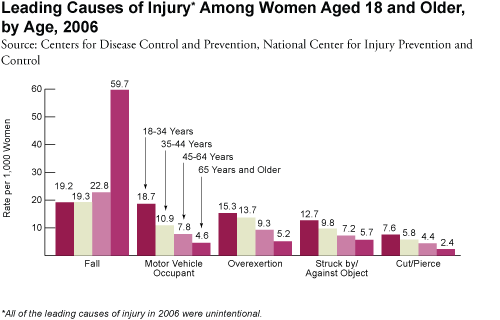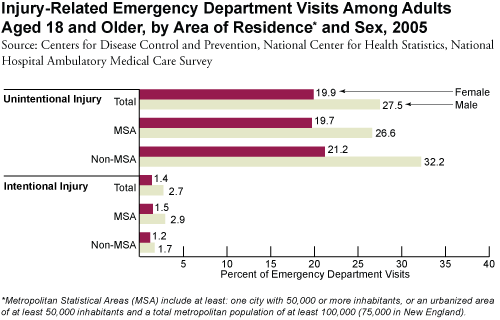I'm beginning to wonder if their isn't a subliminal message in all of the writing this organization puts out that dads, after marriage, don't count. Note its all about the single mom in this report and in the more recent product relating to the cost of marriage breakdown. Here the author is quoting an American book and also suggests ensuring child support is collected and goes directly to the mom instead of the government. Given the government gives the mom the whole amount where do they think the benefit is? (don't get me started on government collection agencies) Do they think the government deducts a certain amount as a service charge. Do they think the dad is just a wallet as do most others in the Divorce Industry? Do they not know 75% of marriages are initiated by the female in Canada and 66% in the USA? Do they not understand the poverty resulting from marriage breakdown and the creation of single parent female homes is because of the Superior Court judiciary in Canada? Where do the divorced dads fit in besides as wallets?
I'm beginning to suspect they have an agenda of further marginalization of fathers separated from their children by the state through no fault of their own. Given they are not going to save marriages with this drivel or their incomplete report on the cost of marriage breakdown what indeed is their agenda? Is it the same as their religious right supporters in the USA? Does religious dogma and political correctness prevent them from supporting a closer relationship with children and their fathers after marriage breakdown through legislative changes like shared and equal parenting? Can they not see most dads want equality and that would clearly leave better outcomes for children. Perhaps they need to read Dr. Jayne Major's thesis on a better way to handle marriage breakdown here.
I'd recommend they talk to experts like Dr. Edward Kruk and other proponents of equal/shared parenting. Maurice Vellacott, MP just introduced a Private Members Bill # C-422 to change the law to equal shared parenting and he is also a believer in marriage as a strong foundation. They should talk to him! Where Shared and Equal Parenting has been introduced the divorce rate has dropped! If the Belgium model was followed the collection agencies for child support will no longer be needed. Do you know in the USA these collection agencies have more employees than the Drug Enforcement Agency? They would have more credibility by presenting a more balanced view of two partners being involved during and after marriage dissolution when children are involved. I'm certainly starting to think they cannot see the big picture as many who are driven by religious dogma or are getting their marching orders from same.MJM

The eReview provides analysis on public policy relating to Canadian families and marriage.
If you have received this message in error, click Unsubscribe to be removed from the list.
The Marriage-Go-Round, a review
By Peter Jon Mitchell, Research Analyst, Institute of Marriage and Family Canada
Cherlin, Andrew J. (2009) The Marriage-Go-Round. New York, Alfred A. Knopf.
Everyone is still talking about marriage in America. Its configuration, cultural meaning, and exclusivity are fodder for heated public debate and pop culture “reality” shows. It’s the prized trophy for television daters who survive gruelling weeks of hot tub hopping. According to revered Johns Hopkins University Sociologist Andrew Cherlin, Americans value marriage with a gusto rarely found in other western nations.
In his book The Marriage-Go-Round, Cherlin suggests that despite America’s soft spot for marriage, partnerships are becoming less stable as people divorce and increasingly choose to cohabit, which is less stable than marriage. Cherlin fears this instability means people are partnering and re-partnering at a dizzying pace.
This wasn’t always the case. Cherlin retraces the history of marriage in America from the Plymouth pilgrims to modern Massachusetts. He outlines the role marriage has played in the social and economic stability of earlier generations. Cherlin argues a significant change occurred among the young, prosperous, but dissatisfied generation of the 1960s. This cohort and subsequent generations view marriage through two cultural models. On one hand, marriage remains the preferred way to live. It is valued as a permanent relationship with divorce as a last resort. On the other hand, North Americans also embrace an individualistic cultural model governed by self-interest. Life is a continuous series of personal choices, and dissatisfaction requires change, even if this means dissolving a family.
Cherlin argues rapid social change over the last fifty years has prompted this duel view of marriage, transforming how Americans understand marriage. Married women have increasingly entered the workforce, while the knowledge-based economy has left non-college educated men with less economic opportunity reducing the likelihood they’ll seek marriage. The birth control pill severed sex from marriage and altered how people approach partnership. According to Cherlin, these forces have transformed the meaning of marriage from a valued public good, to a matter of private choice. Cherlin declares, “the postmodern, relationship-based view of marriage has carried the day.”
While North Americans still value marriage, the cultural shift has resulted in an increased divorce rate, and prevalent cohabitation and lone-parenthood. Cherlin’s primary concern is that relationship instability has led to rapid re-partnering of adults with negative consequences for children.
Social science continues to prove that stable, biological two-parent families provide the best environment for children. For this reason, Cherlin concludes by cautioning his American audience to “slow down.” He’d prefer Americans delay childbearing, taking more time to select mates and develop relationships. He suggests that single parents give second thought to quickly inviting romantic partners to share their home. To assist this, he advocates for a policy of economic stabilization to reduce the fiscal pressures leading to quick re-partnering. As an example he points to an experiment in Wisconsin in 1997 that ensured that more of the child support payments collected by the government under the Temporary Assistance for Needy Families program went to mothers instead of into government coffers. He suggests that seven years later, lone-mothers in the experiment were less likely to have a history of cohabiting with a partner.
Cherlin’s message to slow down requires people to voluntarily mimic the stability that marriage is meant to provide, without committing to the constraints within marriage that provide stability. This may prove to be a challenging prospect. Even if Cherlin’s message takes root, it is based on the hypothesis that instability accounts for poorer child outcomes among lone-parent and cohabiting families compared to married parent families. Much evidence supports this, but research shows that family transitions may not be the only factor accounting for certain child outcomes among cohabiting and lone-parent families. The fact remains that marriage in the U.S. is more stable than any other family form, and continues to serve the public good.
What does this all mean for Canadians?
Cherlin does not address marriage in Canada aside from international comparisons. Canada is perhaps more pluralistic, reflective of the postmodern mindset. Marriage and parenthood were legally redefined with the legalization of same sex marriage in 2005 building on and solidifying the view of marriage as nothing more than a personal relationship. Cherlin provides Canadians with an engaging historical-sociological perspective, reviewing a debate we never had on the role of marriage in society.
Cherlin writes as a dispassionate academic observer. Readers may conjure images of an ivory tower scholar sipping lattés at the local coffee shop, as he ponders the possible demise of marriage—something that affects many of us intimately. However, his somewhat detached observations provide interesting insights. Cherlin provides well researched insights—worth reading even for those who dispute his conclusions.
Permission is granted to reprint or broadcast this information with appropriate attribution to the Institute of Marriage and Family Canada







